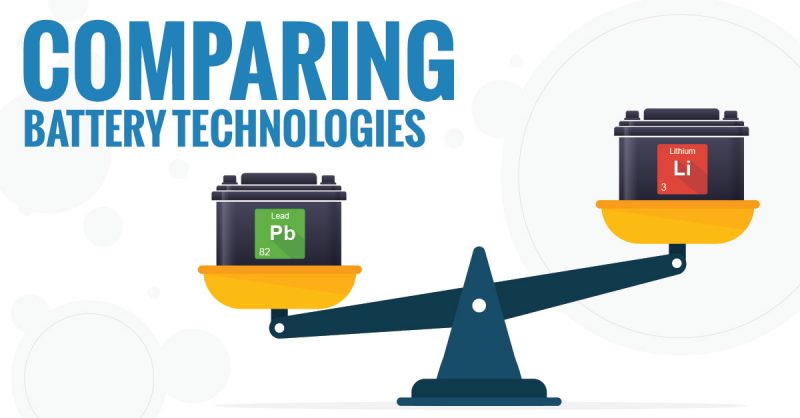- Professional Development
- Medicine & Nursing
- Arts & Crafts
- Health & Wellbeing
- Personal Development
Transforming leadership is about leaders having a transforming approach to their work and lives. They operate from a set of core beliefs about people that when displayed and operated upon, motivate them to perform effectively and contribute to the development of the organisation. This transforming approach simultaneously impacts the personal development and corporate productivity of all involved. This course explores seven key areas to help you become more effective as a leader.

People at work spend a substantial amount of time in meetings: a typical manager can spend half of their work time in meetings of one sort or another. This course looks at the ability to plan and control your meetings and make effective use of your time. Well-run meetings rely upon proper planning, preparation, selection of participants, adherence to issues and time schedules. Meetings also play an important part in the maintenance of good teamwork, supporting working relationships and focusing the team on superior work performance.

Innovation is a special and highly regarded ability in people at work. The organisations that are the most successful at innovation will gain leadership in their market. This course focuses on the role of the corporate innovator in larger scale project development and highlights the importance of building innovative teams in order to maintain a competitive edge

Leaders and managers are unlikely to be effective if they do not understand the theories and practices of motivation. What you believe about people materially affects the way your team reacts to you and your leadership. This course focuses on the inherent needs of people and how to improve productivity and motivate a workforce. The level of motivation displayed by a team is a reflection of the skills of the leader.

To achieve optimum performance and long-term success all organisations have to respond and adapt to the external environment. Similarly, all job specifications within an organisation are conditioned by the plans that need to be followed in order to change. This course addresses the ability you require in having the knowledge and understanding of your organisation’s objectives, strategies and plans as well as your knowledge of the external environment in relation to political, social, financial and market competitive forces that affect your organisation.

Estimates show that some 70% of your work time is spent in some aspect of communication or another. With so much practice and experience, it would appear that we are all experts, but that is not the case. This course looks at your ability to reach a shared or common understanding with another person and how you apply your verbal and written abilities as well as your capacity to listen and understand.

Personal character is the sum of your moral and ethical qualities. It is these same qualities that provide the foundation for your working relationships. This course helps you to reflect on your work behaviour and how this manifests itself in terms of integrity. Without this it is impossible to lead and manage a team with any degree of lasting success. Nor is it possible to survive in an organisation, which is not dedicated to ethical relationships.

Much of management is about finding creative solutions to problems and identifying the appropriate course of action. Creativity and originality explores the power of the mind in bringing things into being from original thought or basic concepts. This course sets out to demonstrate how the power of imagination can build on original thoughts to create solutions and plans, which contribute to workplace performance.

CE533: Comparing Battery Technologies
By Solar Energy International (SEI)
In this class, we'll review basic PV system types that use battery storage, the various use cases, and we'll take an in-depth look at what metrics are used to compare technologies. We'll discuss features of the most common battery chemistries currently used with PV systems and compare them. We'll look at how battery chemistry impacts battery bank sizing by reviewing a couple of design examples. Finally, we'll use a design example as the basis for a cost comparison of different battery technologies looking at both upfront and life cycle costs.

CE529: Hazards of Electrochemical Energy Storage in Solar + Storage Applications
By Solar Energy International (SEI)
Common chemistries, including lead acid, lithium ion, and nickel iron, each have different installation, maintenance, storage, and transportation requirements that can lead to fatal consequences if not conducted properly. This 8-hr online course, produced under an OSHA Susan Harwood Training Grant, provides training on the hazards associated with each energy storage technology and the control measures to eliminate or mitigate those hazards. This training includes five lessons for a total of 4 contact training hours. Lessons includes presentations, field videos, interactive exercises, and quizzes. Lesson content includes Lesson 1: Introduction to the Course and OSHA requirements Lesson 2: Energy Storage Technologies- Energy storage basics, lead-acid energy storage systems, lithium-ion energy storage, other types of electrochemical energy storage systems Lesson 3: Energy Storage Safety Regulations- OSHA safety regulations, NFPA 70 (the National Electrical Code) and NFPA 70E (Standard for Electrical Safety in the Workplace) NFPA 855 (Installation of Stationary Energy Storage Systems), the International Residential Code (IRC) and the International Fire Code (IFC) Lesson 4: Electrical Hazards- Electrical shock hazards, electrical arc flash hazards, electrical PPE, electrical connection hazards Lesson 5: Other Hazards- Chemical hazards, fire hazards, gas hazards, physical hazards, storage and transportation hazards, temperature effects on batteries, working space and clean installations
